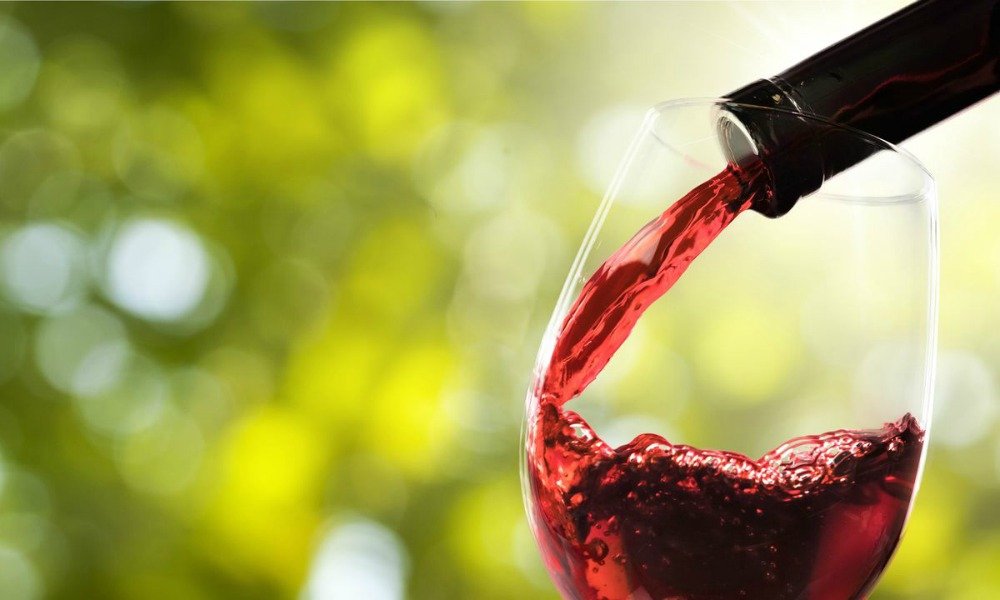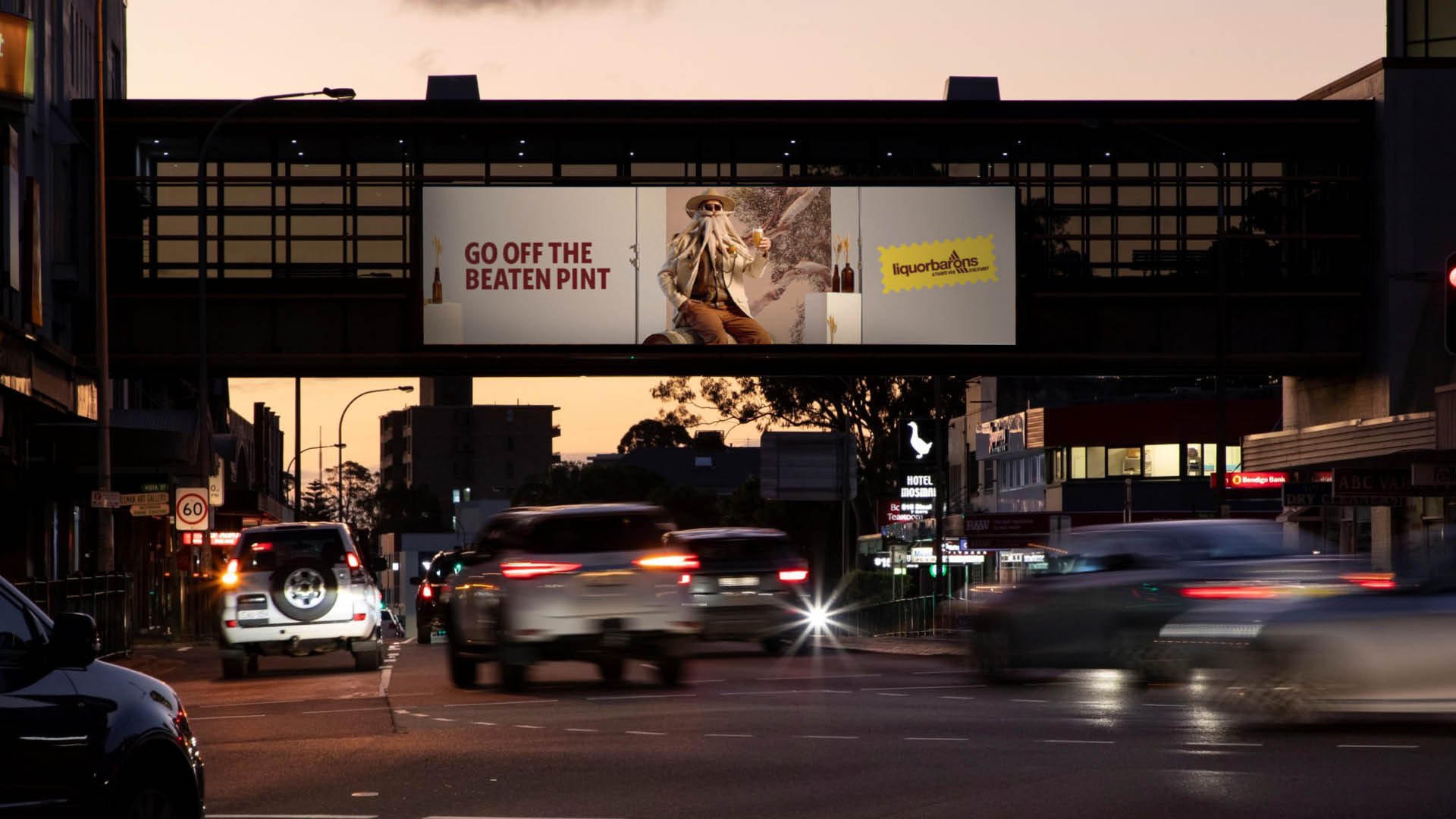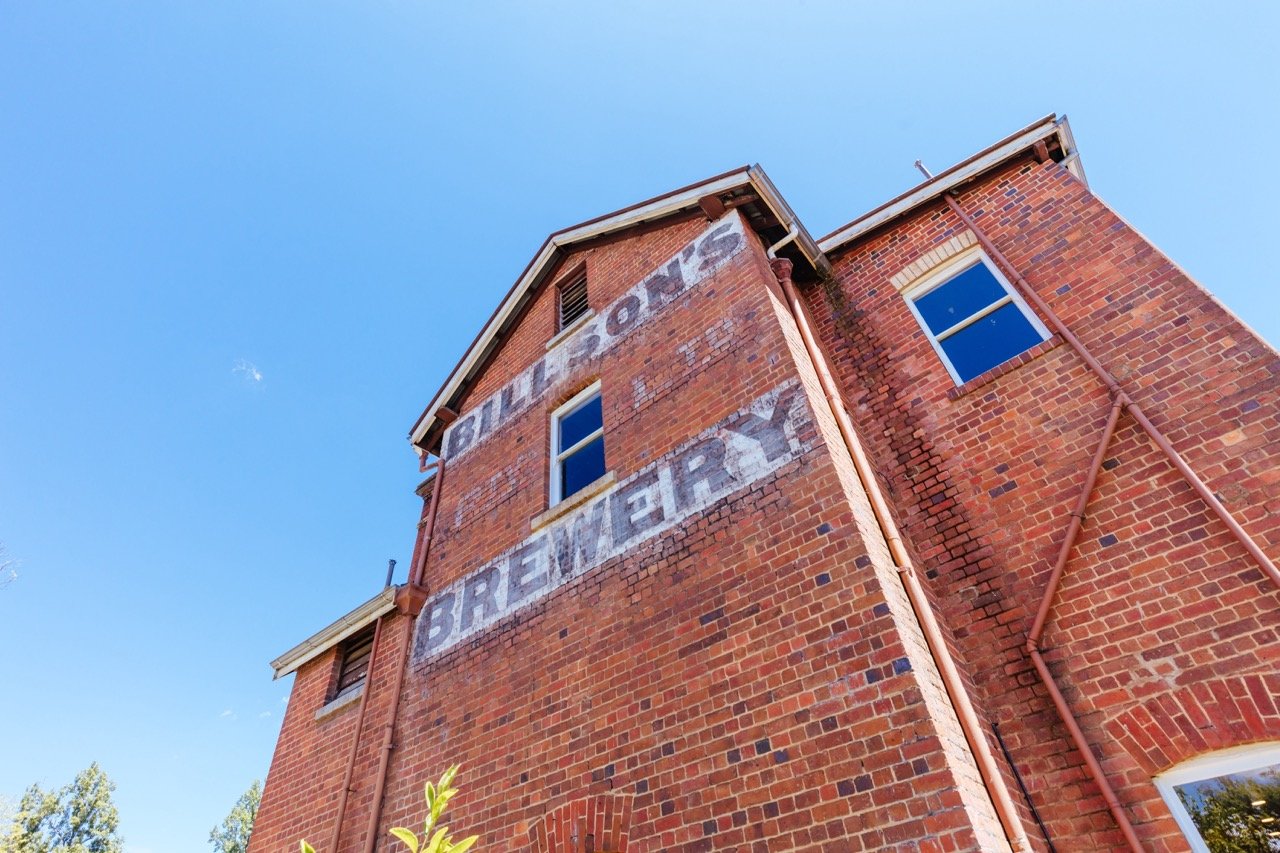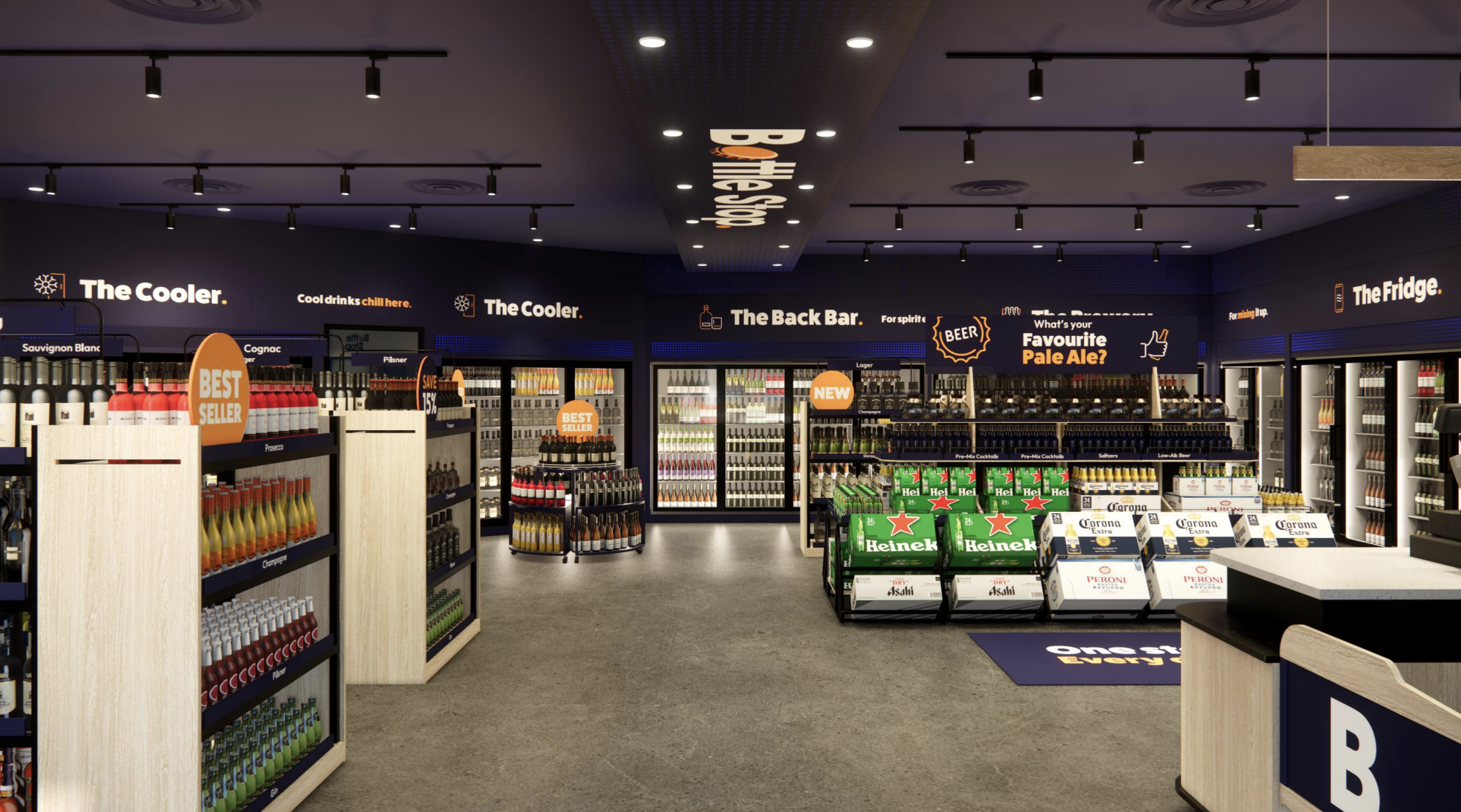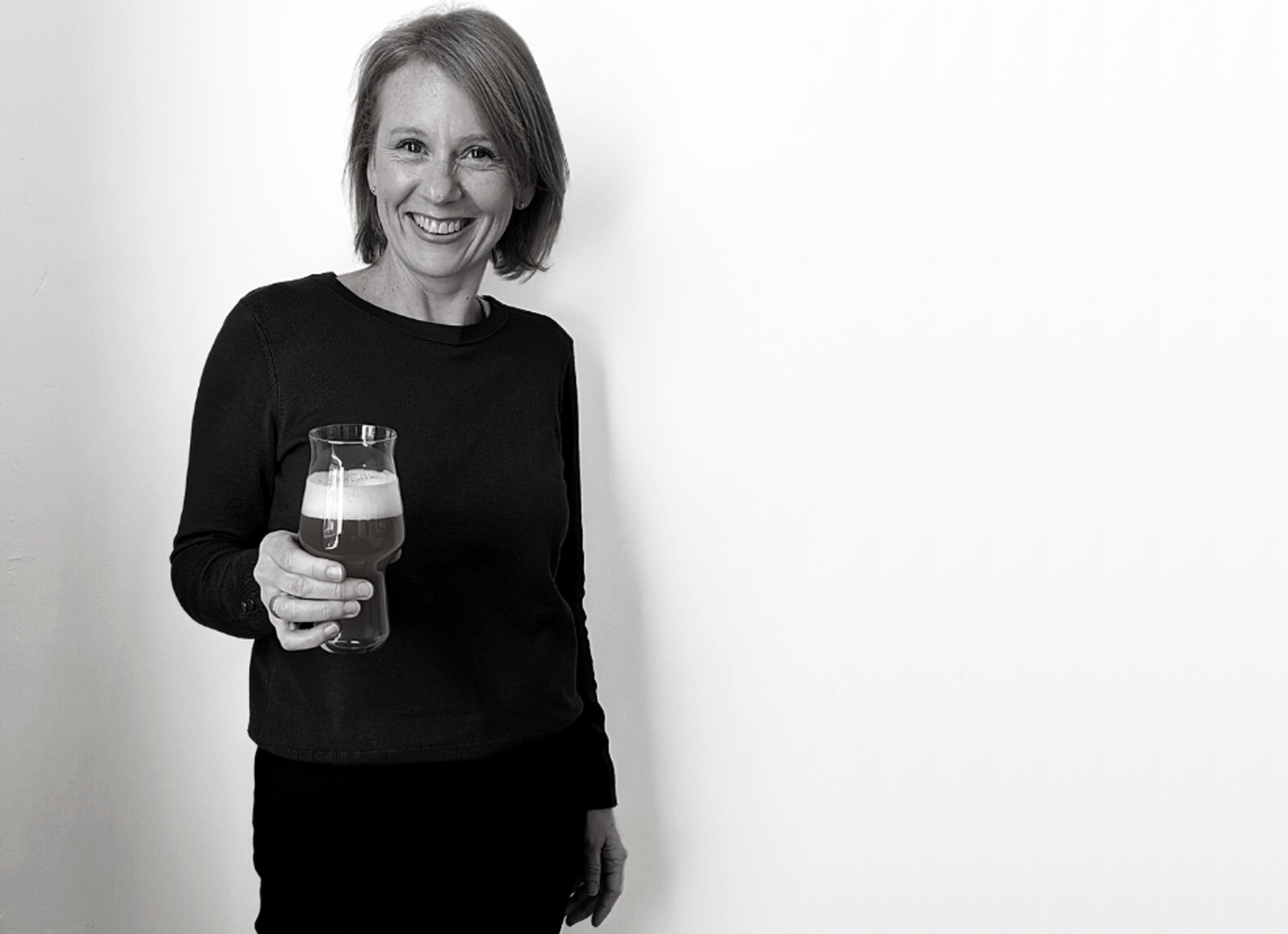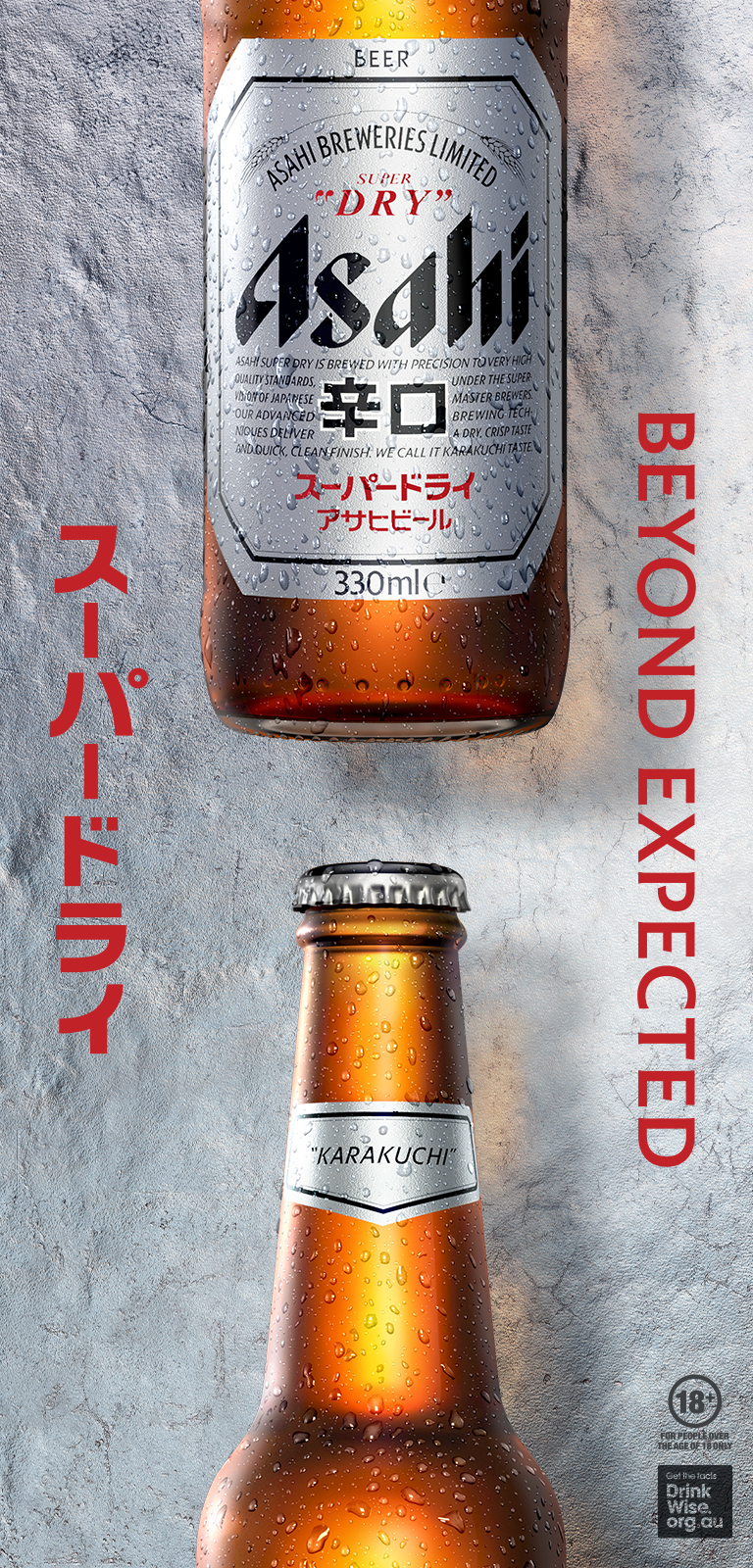New data shows Australians are drinking less alcohol, despite recent media coverage of panic buying during the COVID-19 lockdown.
Roy Morgan’s latest Alcohol Consumption Report shows drinking at home is tightly correlated to age, with older age groups more likely to mostly drink alcohol at home.
A total of 66.3% (13,073,000) of Australians aged 18+ in the year to March 2020 consumed alcohol in an average four-week period, down from 67.5% (13,102,000) 12 months ago.
The results come as the Australian Bureau of Statistics reveals Australians are drinking less alcohol overall than any time in the previous 50 years.
“Across all alcoholic beverages, there were 9.7 litres of pure alcohol available for consumption in 2013-14 for every person in Australia aged 15 years and over,” said Louise Gates from the ABS. “This is the lowest level since the early 1960’s.”
The ABS data also shows that 28.9% of Australians are largely abstaining or not consuming alcohol; 47.1% are drinking the same; and 9.5% are drinking less.
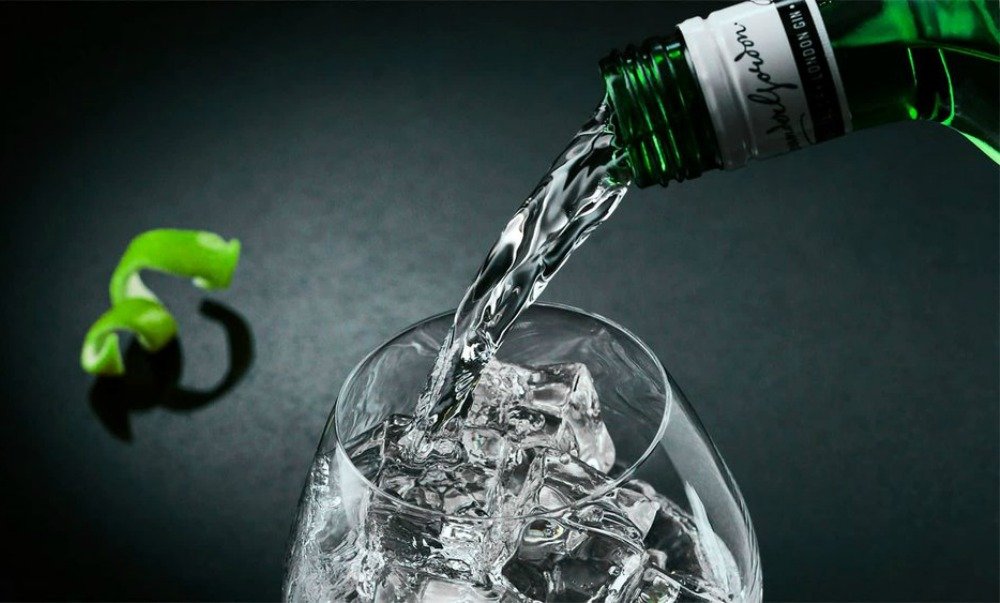
The results of the Alcohol Consumption Report show spirits was the only alcohol category that saw an increase in consumption in the last 12 months, rising from 26.3% (5,099,000) to 28.7% (5,671,000) year on year.
Wine drinking decreased from 42.8% (8,303,000) to 41% (8,096,000). Beer fell from 38.2% (7,409,000) to 37.6% (7,413,000). Cider dropped from 11.4% (2,210,000) to 10.7% (2,114,000). Ready-to-drinks (RTDs) remained unchanged on 10.8% (2,138,000). Liqueurs fell from 6.5% (1,265,000) to 5.8% (1,148,000) and Fortified Wine dropped from 4.9% (960,000) to 4.2% (827,000).
Roy Morgan CEO Michele Levine said that despite some concern about the effect the COVID-19 lockdown might have on consumption, overall consumers are drinking less alcohol.
“Our data shows a consistent decline in Australians’ alcohol consumption," she said. "Looking back to 2006, 73.5% of the adult population were regular drinkers. That has dropped to 66.3% in the 12 months to March 2020, which represents a large number of people who no longer choose to consume alcohol regularly.”
People surveyed were also asked about their attitudes towards alcohol and nearly two-thirds of Australian drinkers (65.4%) agreed they ‘drink alcohol mostly at home’ with a greater proportion of men (67.3%) than women (63.5%) agreeing.
Across age groups, it is drinkers aged 65+ who are most likely to agree they ‘drink alcohol mostly at home’ (71.8%). They are followed by those aged 50-64 (70%), then 35-49 (67.2%), 25-34 (59.3%) and 18-24 (49.2%).
“During the early stages of the COVID-19 lockdown, the panic buying of large quantities of alcohol prompted understandable concern from health authorities and saw the introduction of buying limits," Levine said.
"However, it’s likely the alcohol bought was simply a substitute for alcohol which people would otherwise have been consumed at venues, or simply stocking up ‘just in case’, rather than an overall increase."
The findings are from the Roy Morgan Single Source survey, derived from in-depth interviews with 50,000 Australians each year.
Is isolation leading some people to drink more?
The findings are a stark contrast to those from a survey of just 319 Australian, conducted by Hello Sunday Morning -- an organisation that describes itself as "a movement towards a better drinking culture".
It found the number of people who say they are drinking more than they were pre-pandemic has risen slightly, going from 17% at the two-week mark of lockdown, to 20% seven weeks in.
"It’s no surprise that anxiety and stress are key drivers of people drinking during the COVID-19 pandemic," said Kathryn Fletcher, Clinical Manager at Hello Sunday Morning.
“There are compounding worries about the virus itself, increased family tensions, financial challenges, the stress of separation from their usual social support networks, and sheer uncertainty about how this is all going to play out. All of these factors increase the strain on people's relationship with alcohol."
According to the survey, isolation has also increased the habit of people drinking alone -- rising from one in five people, to one in four. Men were more likely than women to report drinking alone.
Share the content
